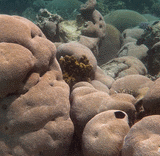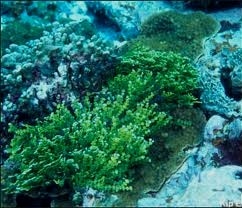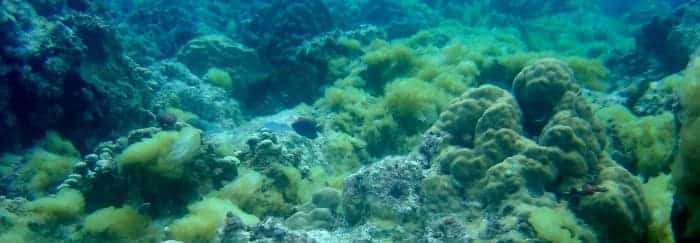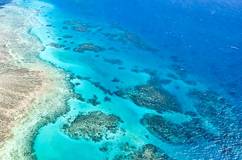What Is A Coral Reef?
Just what is a coral reef? The answer to that question depends somewhat on one’s perspective.
In one sense, the term “coral reef” is used to simply refer to the actual rocky reef structures composed of compacted or deposited remains of countless tiny coral animals and algal material – the structures long dreaded by mariners.
This definition of “what is a coral reef?” may be thought of as the “microscale” view of a coral reef.
At the broader “macroscale” level, ecologists view coral reefs as the biologically richest and most diverse of all marine biomes on our planet.
At this larger scale, coral reefs are defined from an ecosystem perspective – mosaics of different yet ecologically interconnected habitat types.
This larger view of coral reefs is discussed in some detail in our section on the coral reef biome. Here, we focus upon the foundation of these larger ecosystems – the reefs themselves.







